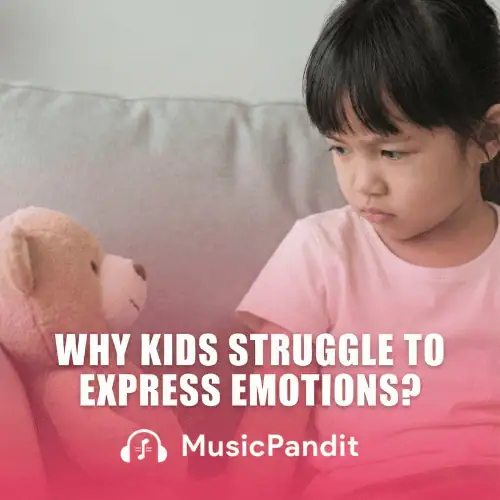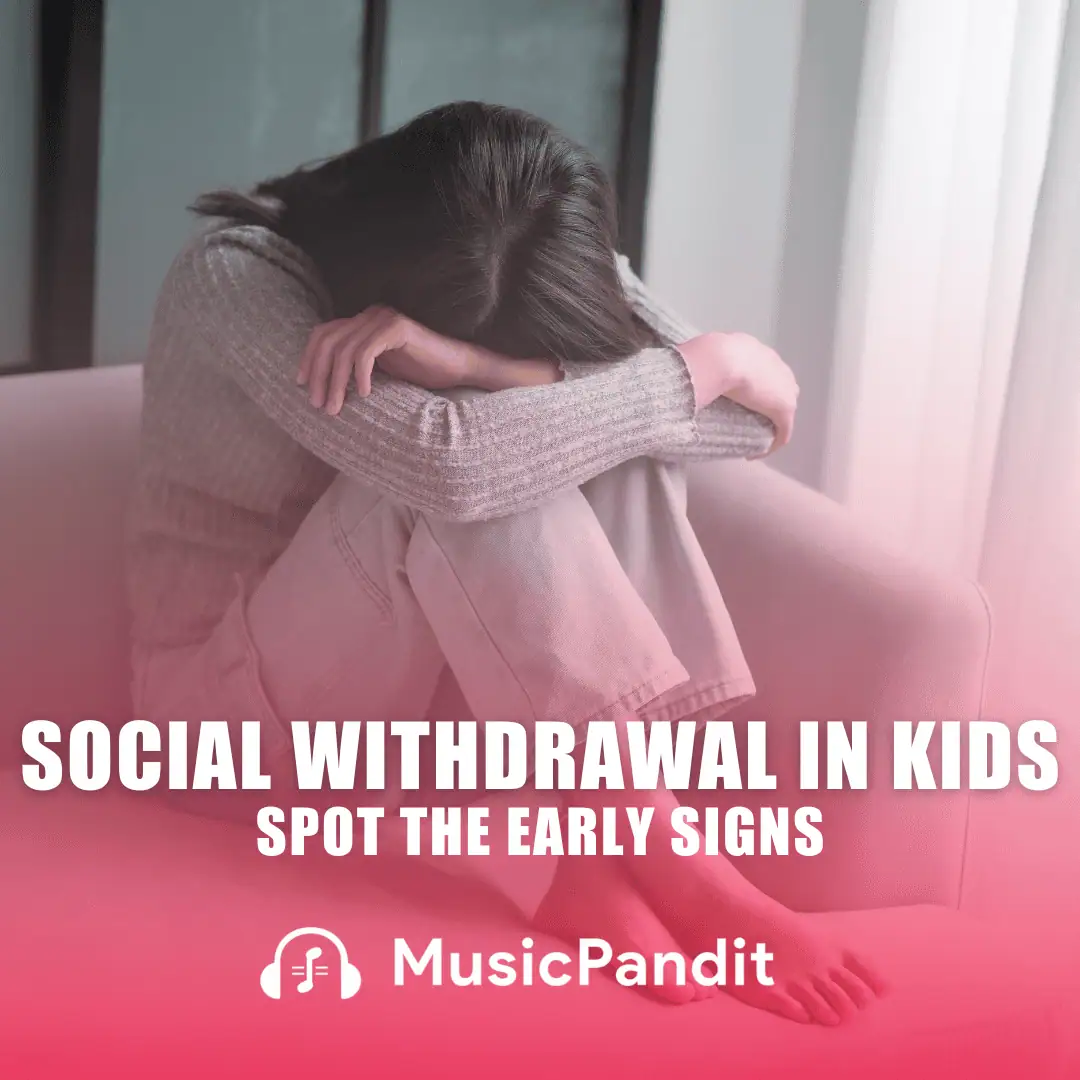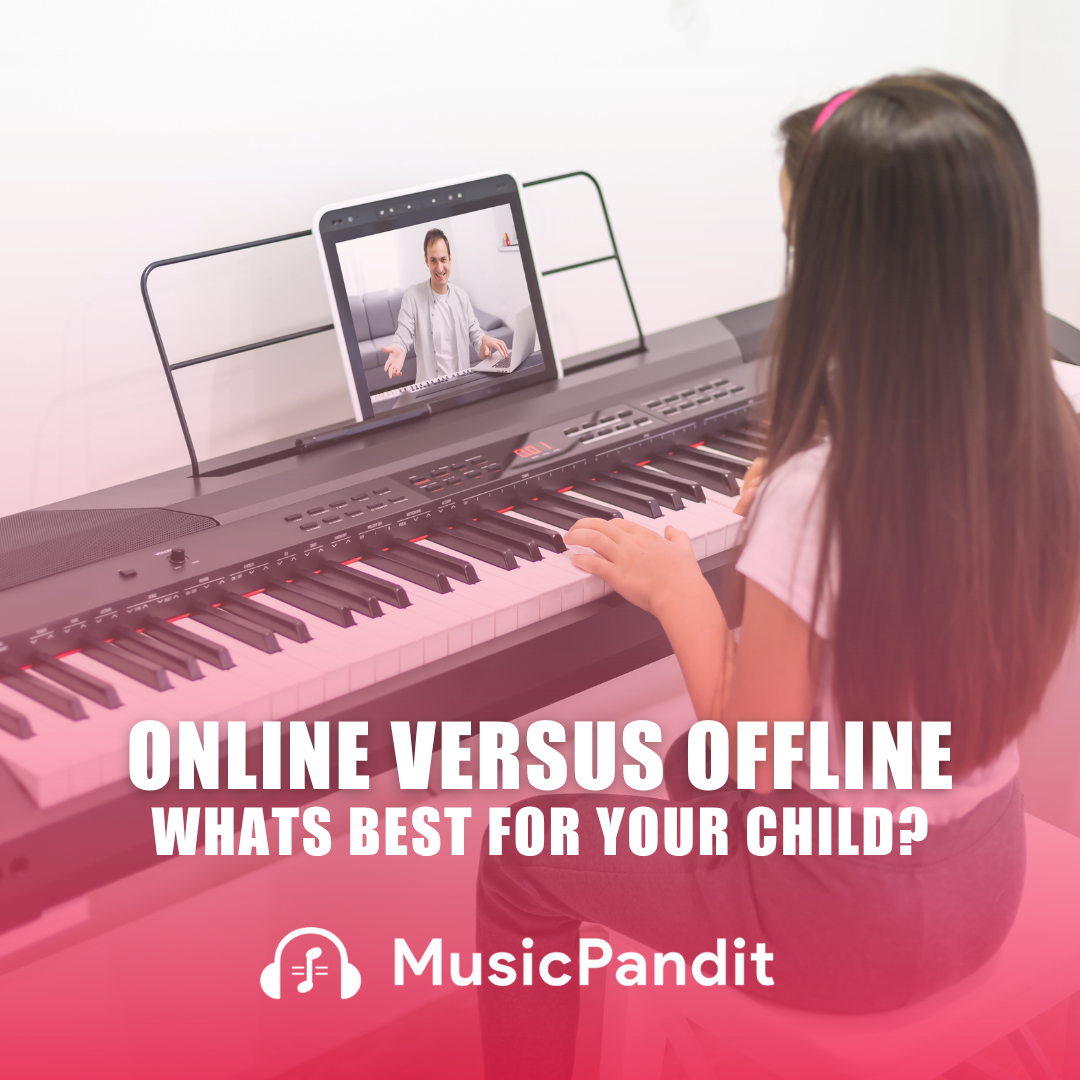Hindustani music is one of the oldest and most intricate forms of music in the world, originating in ancient India. It is a complex system based on ragas (melodic frameworks) and talas (rhythmic cycles), offering a blend of technique, theory, and emotional expression. Introducing children to this genre at a young age can significantly enhance their overall development. So, with its rich heritage and deep cultural significance, enrolling for Hindustani music lessons offer numerous benefits for young learners.
For parents considering a musical education for their children, choosing Hindustani music can be a good decision. How? Well, not only does it introduce children to a world of artistic expression, but it also fosters skills that extend beyond music, positively impacting various areas of their development. Having said that, we will explore why Hindustani music lessons are fantastic for kids, detailing the cognitive, emotional, and social benefits, along with practical insights for parents.
Benefits of Hindustani Music Lessons for Children
Whether it’s through vocal training or learning traditional instruments like the sitar, tabla, or flute, Hindustani music lays a strong foundation for artistic, intellectual, and emotional growth. This guide will outline the various benefits of Hindustani music lessons for children and why they are an excellent investment in your child’s future.
1. Cognitive Benefits: Enhancing Brain Power
Improved Memory and Focus
Learning Hindustani music requires memorizing complex ragas and talas, which helps in developing a child’s memory. Research has shown that musical training, especially in classical forms, significantly improves cognitive functions such as memory retention and attention span. The structured nature of music helps children develop the ability to focus for extended periods, an essential skill that aids in academics and other life tasks.
Mathematical and Analytical Skills
The rhythmic complexities of Hindustani music are deeply tied to mathematics. Talas (rhythmic cycles) are based on intricate patterns and mathematical structures, helping children improve their analytical thinking and problem-solving abilities. By learning these rhythmic patterns, children also develop a better understanding of fractions, patterns, and sequences, which translates well into their academic performance.
2. Emotional and Social Benefits: Building Character
Boosting Emotional Intelligence
Hindustani music is deeply emotional and expressive, teaching children how to convey emotions through their voice or instrument. Learning to perform ragas, which evoke different moods, helps children understand the nuances of emotions and develop empathy. This emotional intelligence fosters better communication skills and emotional awareness.
Building Patience and Discipline
Music training in general is not a quick journey; it requires consistent practice and patience. Children will learn the importance of perseverance, dedication, and the value of hard work as they progress through various levels of learning. These traits are important for developing a strong character and resilience in the face of challenges.
Confidence and Stage Presence
Performing on stage, whether at home for family or in front of an audience, boosts a child’s confidence. Hindustani music classes often involve performing in front of others, helping children overcome stage fright and improve their public speaking and presentation skills. This not only makes them more confident but also instills a sense of accomplishment.
3. Cultural Exposure: Embracing Heritage
A Deep Connection to Cultural Roots
One of the most valuable aspects of learning Hindustani music is its connection to Indian culture. By teaching children this style of music, parents can introduce them to an essential aspect of India’s rich heritage. Understanding the cultural significance of ragas and the history behind some of the classical as well as contemporary compositions helps children appreciate their roots, fostering a sense of pride and cultural identity.
Broadening Global Perspective
While deeply rooted in Indian traditions, Hindustani music has gained global recognition. Learning it exposes children to diverse musical traditions, broadening their musical horizons and instilling an appreciation for different cultures and musical forms.
4. Fine Motor Skills and Physical Coordination
Developing Hand-Eye Coordination
Whether children are learning to play a musical instrument like the tabla or sitar, or honing vocal techniques, Indian music requires precise physical coordination. Playing musical instruments develops fine motor skills, as children learn to control their hand and finger movements to produce specific sounds. For vocalists, learning breath control and pitch accuracy refines their overall motor control.
5. The Path to Musical Mastery
Structured Learning Approach
Hindustani music is typically taught in a structured and progressive manner, with various stages and levels. This allows students to gradually build their skills from basic to advanced levels. Many schools, such as the Music Pandit School of Music, offer personalized lessons that cater to children’s specific learning needs and help them achieve long-term skill development.
Over time, children can progress through several levels, gaining expertise and learning complex compositions and improvisational techniques. This gradual mastery ensures that children gain a deep and thorough understanding of the music, fostering a lifelong passion for the art form.
6. Hindustani Music Lessons Online: Flexibility for Busy Families
In today’s digital age, many music schools offer online Hindustani music lessons, making it easier for parents to enroll their children in these valuable courses. With flexible learning options, children can receive world-class instruction from the comfort of their homes. This is especially beneficial for families with busy schedules, allowing students to progress at their own pace and in a familiar environment.
Conclusion: A Lifelong Gift for Your Child
Enrolling your child in Hindustani music lessons is more than just learning how to sing or play an instrument; it is an investment in their cognitive, emotional, and cultural development. The discipline, focus, and emotional maturity fostered through music education will benefit your child in various aspects of life, from academics to personal growth.
By providing your child with a deep understanding and appreciation of Hindustani music, you are offering them a lifelong gift that will continue to shape their future. You are also helping them connect with a centuries-old tradition that shapes minds, hearts, and lives. Don’t delay. Make Indian music part of your child’s future by investing in him or her today.














